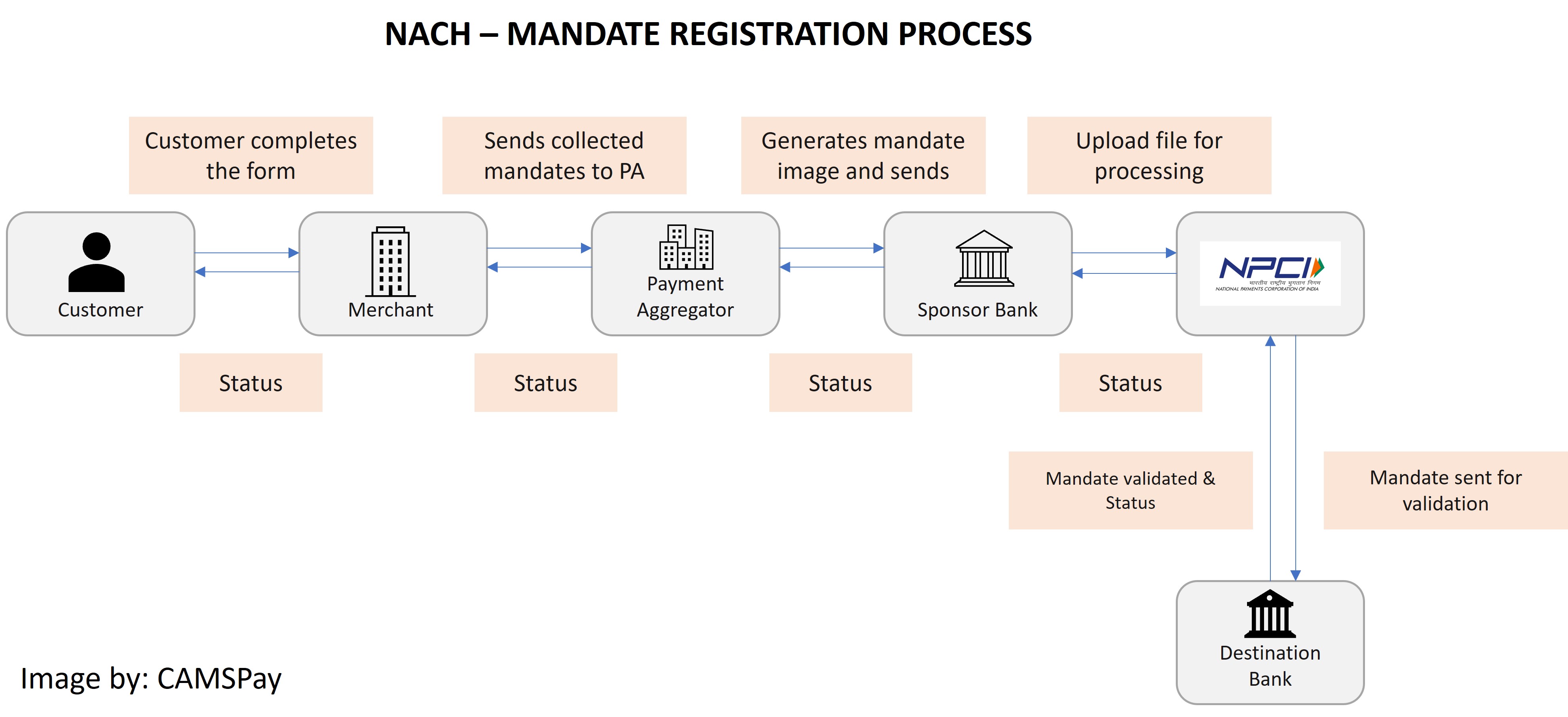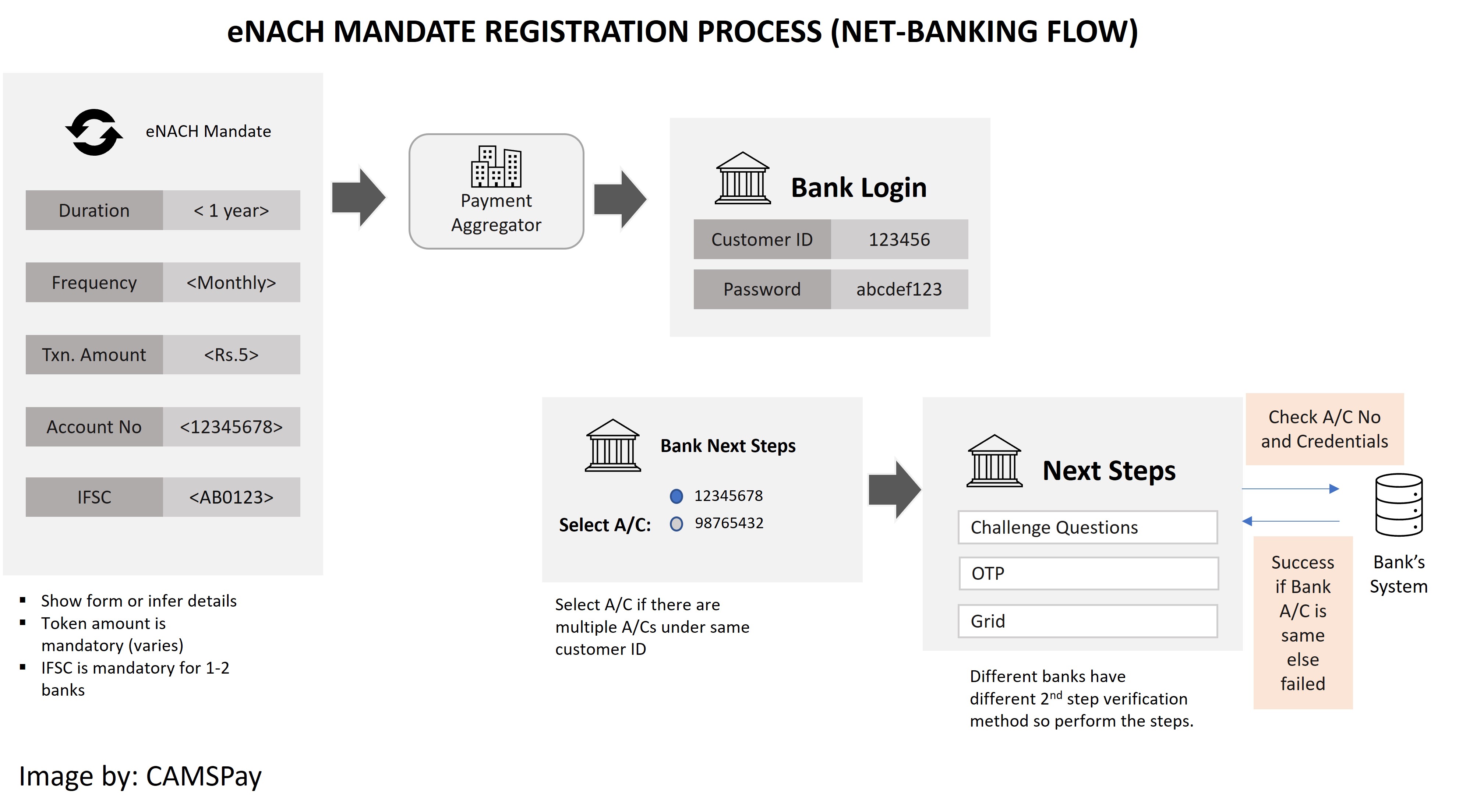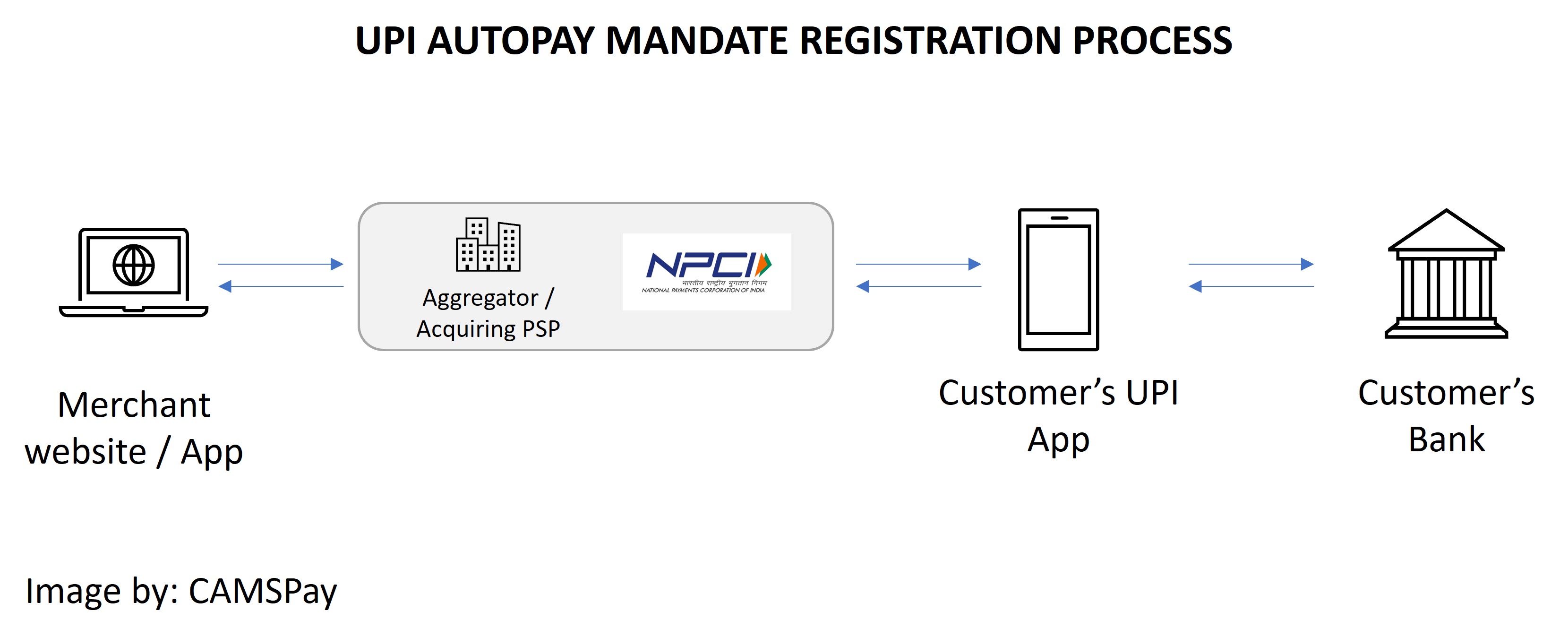In the realm of recurring payments, various systems have emerged to streamline transactions and enhance convenience. Among these, NACH (National Automated Clearing House), eNACH (Electronic National Automated Clearing House), and UPI Autopay are prominent solutions. However, it is essential to understand their differences and the processes involved. In this blog, we will delve into the variances between NACH, eNACH, and UPI Autopay, accompanied by a helpful flow diagram to illustrate the payment processes.
NACH, or National Automated Clearing House, is a bulk payment system that facilitates high-volume transactions such as salaries, dividends, and utility bill payments. It operates on a batch processing model, where payment instructions are collected and processed in batches at predefined intervals. The NACH process involves four key participants: the NPCI (National Payments Corporation of India), sponsor banks, destination banks, and account holders. Businesses and organizations uses this system to simplify recurring payments.

eNACH, or Electronic National Automated Clearing House, is an electronic mandate-based payment system that enables individuals and businesses to set up recurring transactions, such as loan EMIs and insurance premiums. eNACH eliminates the need for physical paperwork and offers a seamless and automated payment experience. The eNACH process involves three primary participants: the customer, the eMandate registration entity (ERM), and the sponsor bank. Customers provide electronic mandates, and upon registration, the system automatically processes future payments on scheduled dates.

UPI Autopay, or Unified Payments Interface Autopay, is a real-time payment system that enables users to set up recurring payments through UPI-enabled apps. It offers a convenient and hassle-free way to automate regular transactions. The UPI Autopay process involves two primary participants: the payer and the payee. The payer initiates the setup by authorizing autopay instructions through their UPI app, while the payee receives the payment on the scheduled dates. Various transactions, including utility bill payments, loan EMIs, subscription renewals, widely use UPI AutoPay.

In the digital payment landscape, understanding the differences between NACH, eNACH, and UPI Autopay is crucial to select the most suitable solution for your payment requirements. While NACH streamlines bulk transactions, eNACH automates recurring payments, and UPI Autopay offers instant payment capabilities. By leveraging the right system, individuals and businesses can enhance convenience, improve cash flow management, and simplify their financial commitments.
« Back
Leave a Reply